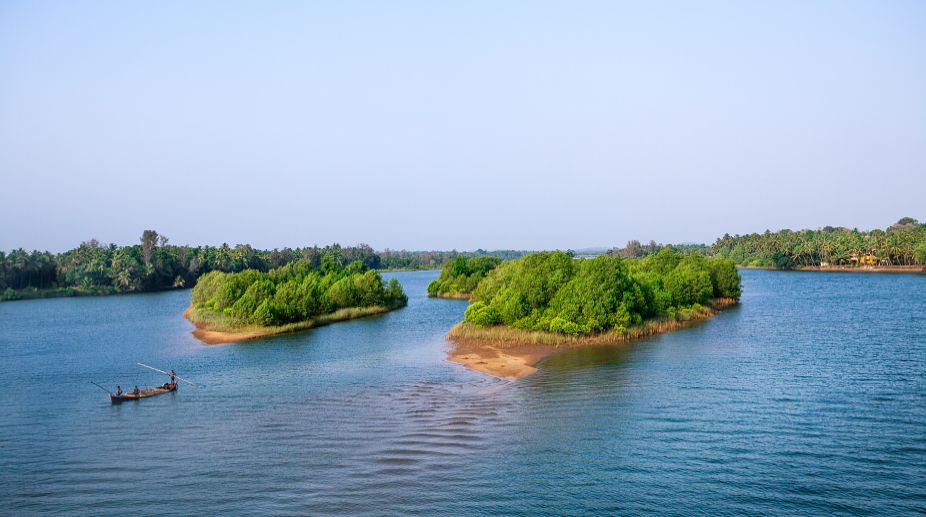Cyclones in Bay of Bengal are getting slow passing through land: DG Meteorology
Movement of cyclones in Bay of Bengal after making landfall has become slower in the recent past.

Representational image (Photo: Getty Images)
A chain of islands that once existed in the Bay of Bengal now lies buried under water, according to a new study by Indian oceanographers.
If this long island chain that stretched from north to south had not been swallowed by the sea, it could have offered a natural barrier against tsunamis like the one that killed thousands in 2004, they say.
Advertisement
These islands had existed during the Late Cretaceous age — about 68 to 80 million years ago, according to their report in the journal Current Science.
Advertisement
Currently they lie as a "ridge" buried beneath the enormously thick sediment discharged by the Ganges and Brahmaputra river systems.
The ridge, known as Eighty-five East Ridge — so named because it runs nearly parallel to the 85 degree east longitude — extends north-south for about 2,500 km from the Mahanadi Basin in the north Bay of Bengal to the Afanasy Nikitin Seamount in the equatorial Indian Ocean.
That part of the ridge in the Bay of Bengal that once hosted the islands "is completely buried under the Bengal Fan sediments," says the report by KS Krishna at the National Institute of Oceanography in Goa and his co-workers.
According to the authors, "In spite of more than three decades of research carried out by scientists from different countries, the origin of the ridge still remains a conundrum." In their research, they studied the seismic structure of the ridge.
Their study showed that at the time of ridge emplacement about 80 million years ago, the ocean floor was around four kilometres below sea level and about 500 to 1,000 metres of the ridge summit existed above sea level.
The researchers say their study has provided strong evidence to indicate that the ridge peak remained above sea level as an island for a short period during the Late Cretaceous age before it subsided "due to thermal subsidence and volcanic load".
It may have taken about 6 to 12 million years for all the peaks of the ridge to subside below the sea level, says the report. "The processes of thermal subsidence and sedimentation load together placed the island chain below the sea level, and then below the thick pile of Bengal Fan sediments."
In conclusion, the authors say that "the 85 deg. E Ridge remained as a series of island mounts with variable reliefs in the middle of the Bay of Bengal during the Late Cretaceous and got completely submerged below the sea level around 68 million years ago".
"In case such submergence had not happened, the 85 deg.E Ridge would have remained an island chain analogous to present day Maldives Islands in the Indian Ocean and Hawaiian Islands in the Pacific Ocean," they say.
"Then it would have acted as a 'natural geo-wall' protecting mainland India from devastating tsunami waves generated near the Sunda subduction zone."
Now, an important question. Did India lose additional land part under her territory?
"The answer," the authors say, "is probably an unfortunate yes."
Advertisement